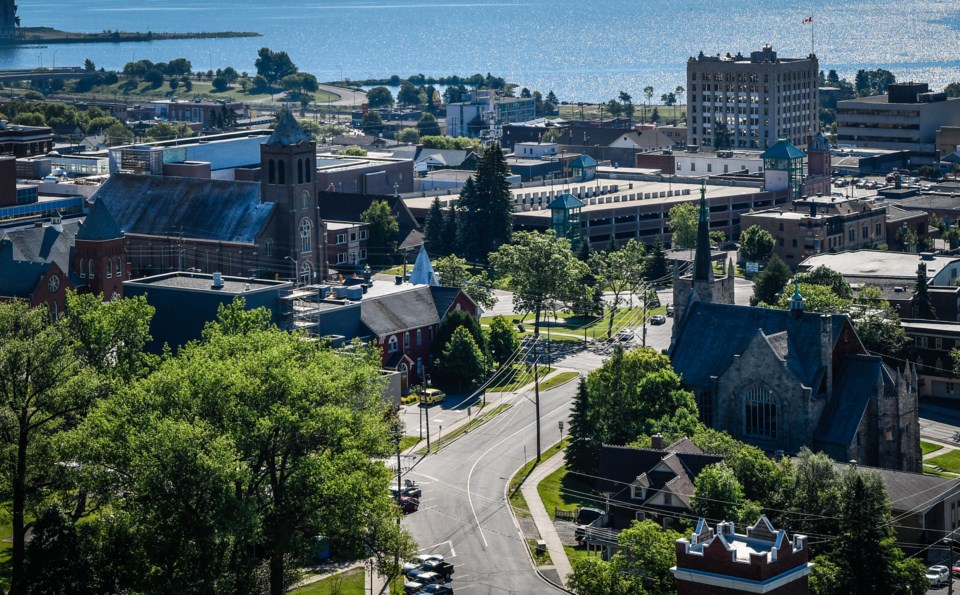THUNDER BAY – A second point-in time count has found there are nearly 200 more people living homeless in Thunder Bay than two years ago.
The city’s second count, which was conducted on April 21-22, found there were 474 people experiencing homeless, according to results released on Tuesday.
The count done in January 2016 found there were 289 people living homeless at that time.
Lakehead Social Planning Council social researcher Bonnie Krysowaty said the previous count could have helped organizers reach more individuals.
“We know that numbers aren’t decreasing. We have an epidemic of homelessness in Thunder Bay. It’s been here for a long time. We can’t ignore it,” Krysowaty said.
“I don’t think it’s a matter of the number of homeless individuals actually almost doubling but the fact that there are that many individuals and we are actually reaching them now.”
Half of the people surveyed reported to be couch surfing, an amount that Krysowaty found to be significant.
“This means they’re staying with friends or family. That’s not a permanent situation. They literally are probably sleeping on a couch or somewhere that’s not really a home,” Krysowaty said.
“I think we really need to be aware of that, that it’s not just homeless people staying in shelters but people who may in fact believe they are housed.”
The remaining 26 per cent were in an emergency shelter and another 10 per cent were in a transitional shelter or motel. Seven per cent were living without shelter. Nearly five per cent did not know where they would be staying and less than one per cent were in a public system, such as a hospital.
Addiction or substance use was a factor for 33 per cent of the respondents’ recent loss of housing.
“It’s not just the number of people we counted when we surveyed but it’s the questions we asked to find out what kind of issues people are experiencing that are homeless and what kinds of supports and resources they would need to be able to be housed successfully,” Krysowaty said.
Two-thirds of respondents identified as Indigenous, down slightly from 73 per cent in 2016. Forty-one per cent were 34 or younger, with 61 per cent of all respondents first experiencing homelessness before turning 25.
“We need to reach out to children and youth to make sure that they’re successful going through each stage of life and then into adulthood where they will be getting a job, getting housing,” Krysowaty said.
“I think this also speaks to the fact that resources need to be pointed in the direction of children and youth.”
Nearly 60 per cent had been living homeless for at least six months in the previous year.
Twenty-six per cent of the respondents have always lived in Thunder Bay while 19 per cent of them had lived in the city for less than one year.
“Lots of times when people come here they can’t find housing. They can’t find work right away or they don’t get involved in education,” Krysowaty said. “They don’t have the supports necessary to make sure they’re successful in their move here and that leads to homelessness.”
